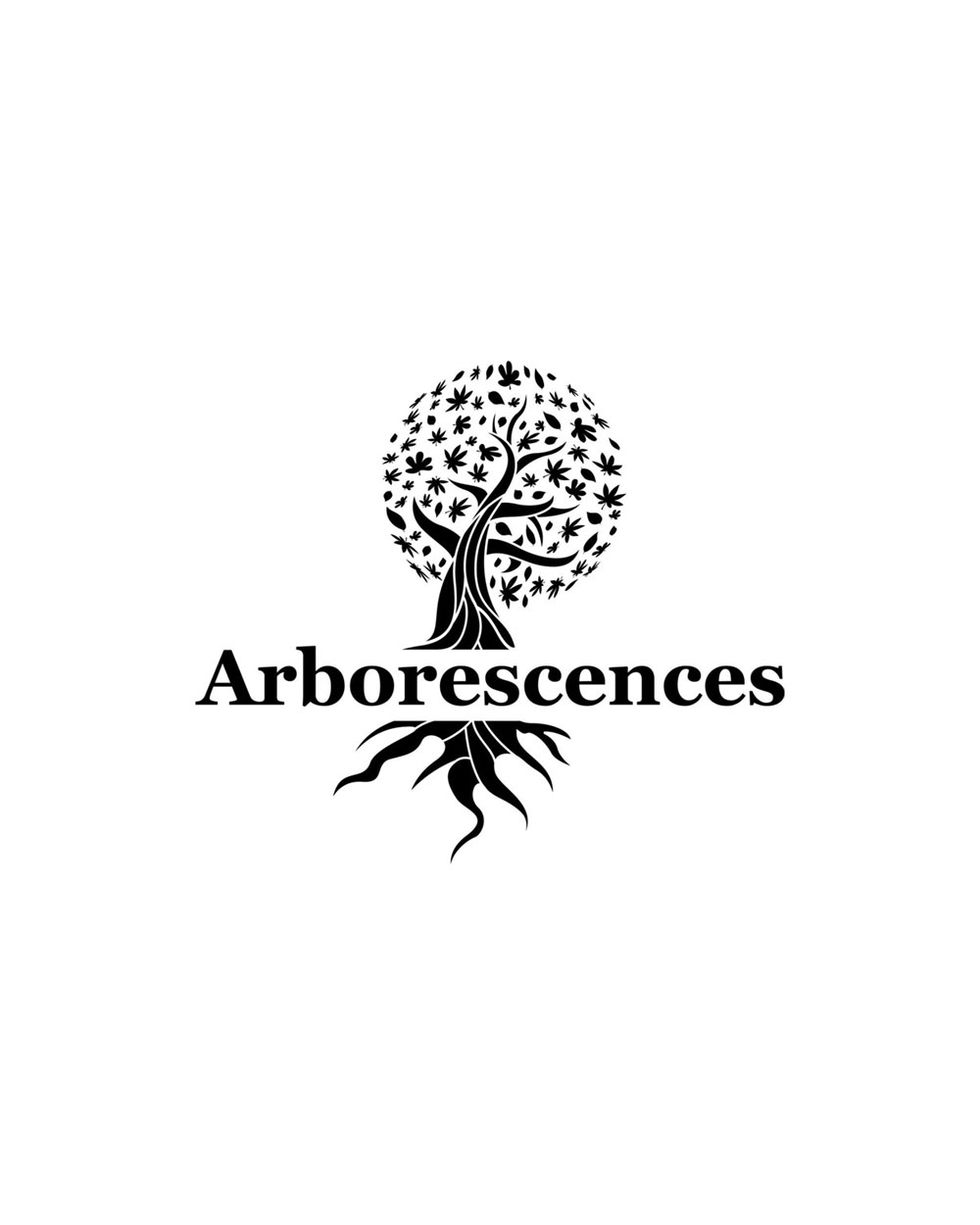Fragilité artistique et défense d’une autonomie illusoire de l’art
Une relecture des réactions des artistes établi.e.s aux manifestations contre SLĀV et Kanata(White Fragility and the defense of an illusory autonomy of art: a reinterpretation of established artists’ reactions to the protests against SLĀV and Kanata)
By Edith Brunette
Article published in
Arborescences, nº 11,
University of Toronto
(in French)
Arborescences, nº 11,
University of Toronto
(in French)
December 2021
EXCERPT
“Debates about cultural appropriation and systemic racism in the arts are often read in terms of ethnocultural relations, between a dominant group and marginalized communities, robbed of their history and identity. We argue that there is an equally important dividing line in understanding these debates, this time between the arts community and the rest of society. According to this perspective, there is an artistic sphere on one side and a political sphere on the other, the former being permanently at risk of an invasion by the latter. This is the perspective at the root of the modern notion of the autonomy of art. In contrast to theories that claim this is a dead concept, we will argue that it is very much alive, and that it carries the defensive discourses of a part of the arts community when faced with discussions of cultural appropriation and the under-representation of ethnocultural groups. We will argue that these discourses operate by masking the real presence of politics within the artistic sphere, following a line of defense that we will call “artistic fragility”—echoing Robin DiAngelo’s white fragility. We will base our analysis on the discourses that unfolded in Quebec in 2018 surrounding the protests against Robert Lepage’s plays SLĀV and Kanata.”
“Debates about cultural appropriation and systemic racism in the arts are often read in terms of ethnocultural relations, between a dominant group and marginalized communities, robbed of their history and identity. We argue that there is an equally important dividing line in understanding these debates, this time between the arts community and the rest of society. According to this perspective, there is an artistic sphere on one side and a political sphere on the other, the former being permanently at risk of an invasion by the latter. This is the perspective at the root of the modern notion of the autonomy of art. In contrast to theories that claim this is a dead concept, we will argue that it is very much alive, and that it carries the defensive discourses of a part of the arts community when faced with discussions of cultural appropriation and the under-representation of ethnocultural groups. We will argue that these discourses operate by masking the real presence of politics within the artistic sphere, following a line of defense that we will call “artistic fragility”—echoing Robin DiAngelo’s white fragility. We will base our analysis on the discourses that unfolded in Quebec in 2018 surrounding the protests against Robert Lepage’s plays SLĀV and Kanata.”
Writings
Going to, Making Do, Passing Just the Same
Le Merle - Institutions
To Spoil the Party, to Set Our Joy Ablaze
Le Merle - Austerity
Décoloniser la culture, c’est aussi désaliéner la culture
Residing in What Is Coming Undone
The Imaginary Exit of Disengagement
The Market, Philanthropy, or the State
Where We Are All Going in the Same Direction
No One Gives a F**k About a Cop and Fredy: Conveying the Voices of the Collectivity
Fragilité artistique et défense d’une autonomie illusoire de l’art
Prendre soin des paroles effacées
L’évitement comme politique de gestion des débats au Conseil des arts du Canada
Je préfèrerais (éclipses)
Les artistes du modèle d’affaire
Épuiser l’événement: l’ultrafamilier et la répétition comme procédés de mise à distance
In the Shadows of the Floodlights: DARE-DARE at Quartier des Spectacle
Identity correction: comment se porte votre identité
Insoluble capitalisme: menues violences et autres obscénité
Les médias et le Printemps québécois: comme si vous y étiez (ou presque)
Printemps québécois: l’éveil démocratique
Encore faut-il que cela se sache
Prendre la parole: du rhétorique au politique
Quelle efficacité pour une critique institutionnelle hors des institutions
Les murs ne sont pas tous faits de pierres
Une vue de l’intérieur
Art dans l’espace public: quand les politiques croisent les pratiques
The Tactics of Formlessness
Mile-End Mapping: une carte avec ruelle
Le Merle - Institutions
To Spoil the Party, to Set Our Joy Ablaze
Le Merle - Austerity
Décoloniser la culture, c’est aussi désaliéner la culture
Residing in What Is Coming Undone
The Imaginary Exit of Disengagement
The Market, Philanthropy, or the State
Where We Are All Going in the Same Direction
No One Gives a F**k About a Cop and Fredy: Conveying the Voices of the Collectivity
Fragilité artistique et défense d’une autonomie illusoire de l’art
Prendre soin des paroles effacées
L’évitement comme politique de gestion des débats au Conseil des arts du Canada
Je préfèrerais (éclipses)
Les artistes du modèle d’affaire
Épuiser l’événement: l’ultrafamilier et la répétition comme procédés de mise à distance
In the Shadows of the Floodlights: DARE-DARE at Quartier des Spectacle
Identity correction: comment se porte votre identité
Insoluble capitalisme: menues violences et autres obscénité
Les médias et le Printemps québécois: comme si vous y étiez (ou presque)
Printemps québécois: l’éveil démocratique
Encore faut-il que cela se sache
Prendre la parole: du rhétorique au politique
Quelle efficacité pour une critique institutionnelle hors des institutions
Les murs ne sont pas tous faits de pierres
Une vue de l’intérieur
Art dans l’espace public: quand les politiques croisent les pratiques
The Tactics of Formlessness
Mile-End Mapping: une carte avec ruelle
